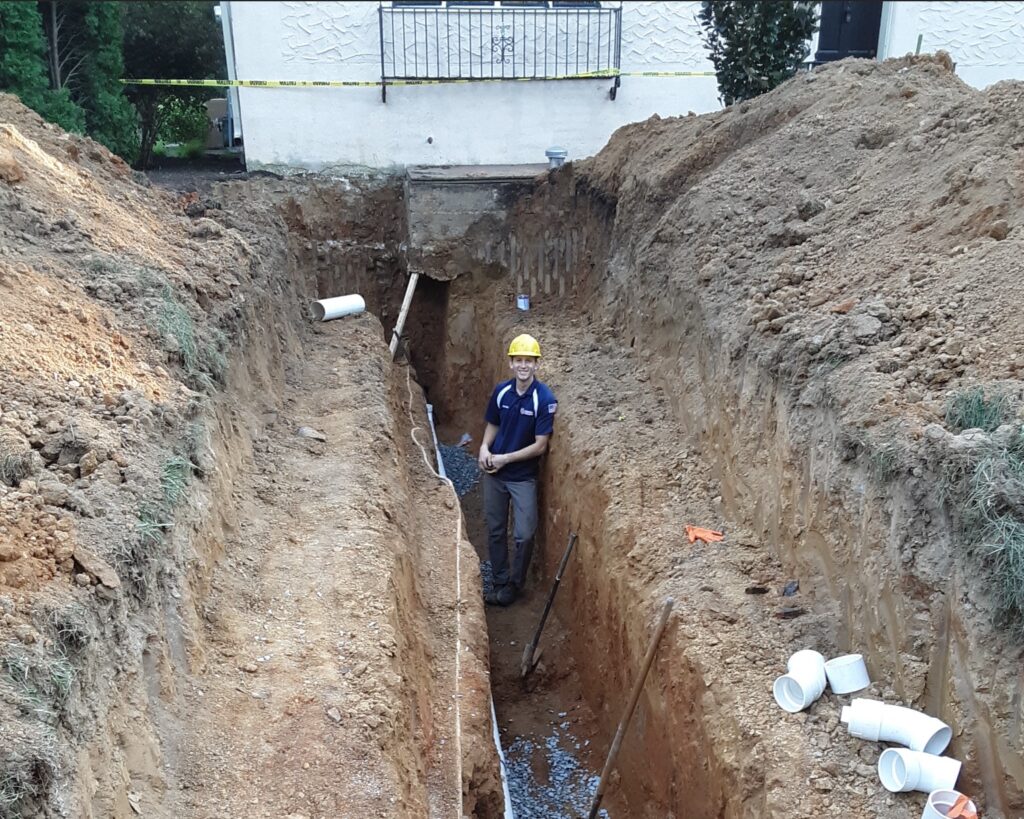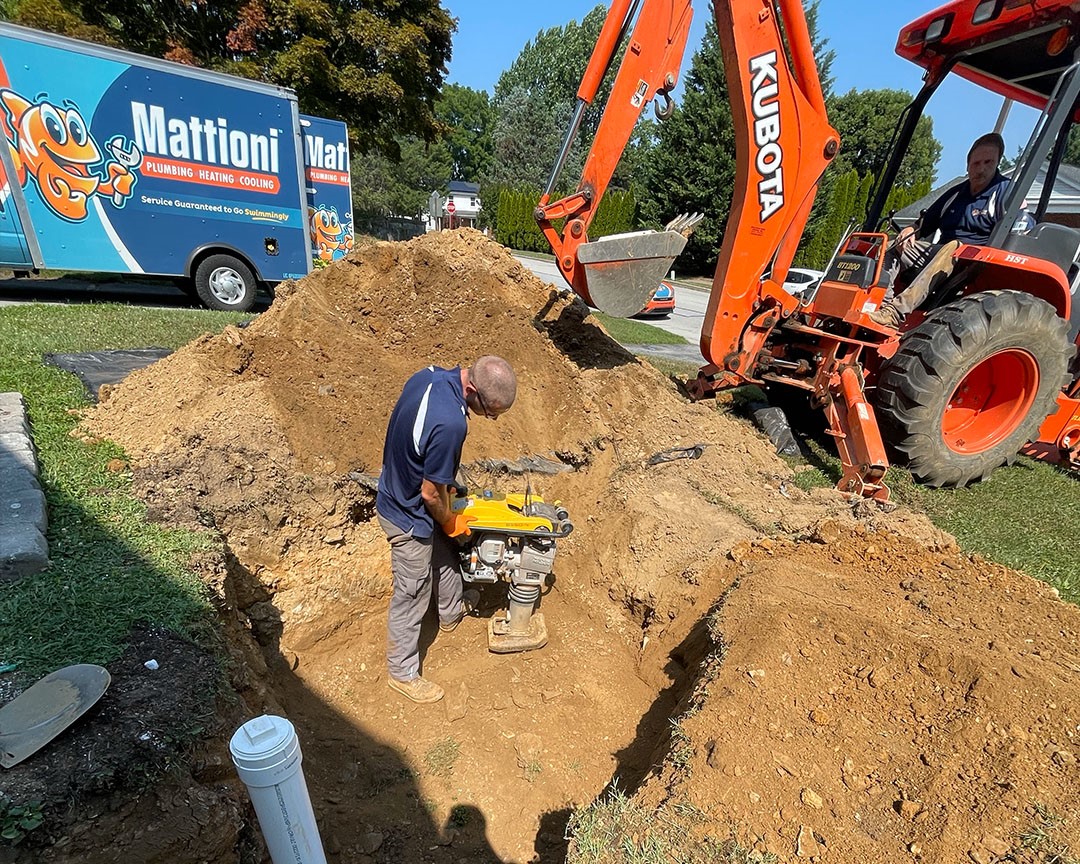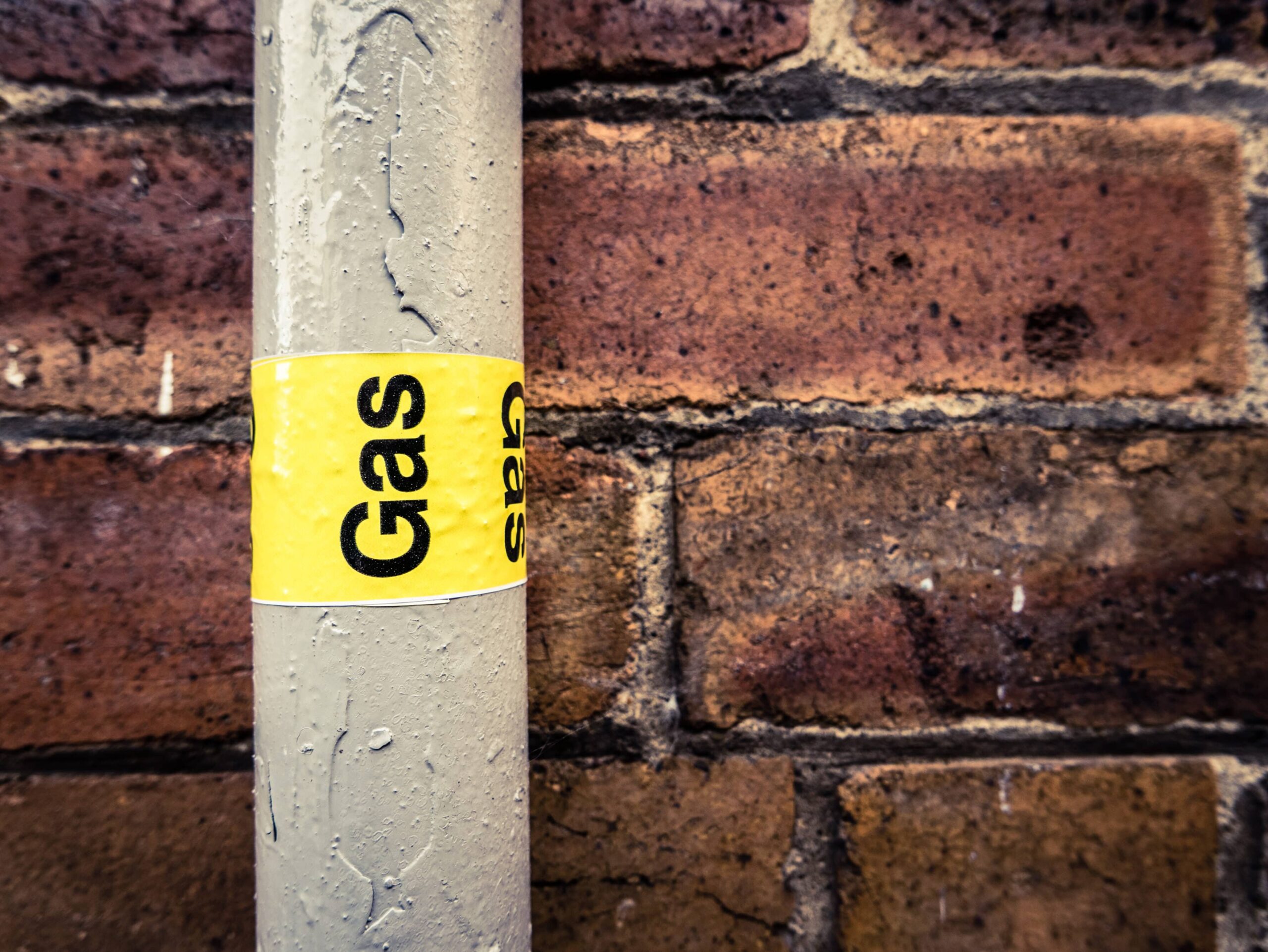|
Getting your Trinity Audio player ready...
|
As a homeowner, discovering that your main sewer line needs replacement can be a nightmare – not only is it disruptive, but the costs have the potential to be overwhelming.
Over Mattioni’s 76 years in business, our plumbing and sewer experts have guided countless homeowners through this sometimes confusing process. Many whom we’ve helped didn’t even realize that their sewer line was in trouble until it was too late, and a replacement was necessary.
In situations like these we often get asked if homeowner’s insurance will cover the costs of replacement.
The good news? It’s possible to get coverage. But the details can be tricky.
The team at Mattioni has seen both sides of the coin: either insurers covering the entire cost of the project, or homeowners being left to foot the bill.
Whether or not your insurance will cover a sewer line replacement depends on your insurance carrier, the fine print of your policy, the timing of the problem, and whether you’ve taken the right steps before disaster strikes.
Some insurance carriers automatically include service line coverage in their homeowner’s policies, while others offer it as an additional voluntary selection. For those that don’t include it automatically, it’s usually an extra $40 to $60 per year.
Our advice? Planning ahead is always a smart approach, and asking the right questions at the right time can help you save money down the road.
In this article, we’ll explore your options for sewer line insurance, no matter where you’re at in the process. We’ll cover three different situations that every homeowner finds themself in and see how each relates to your homeowner’s insurance coverage.
Now, let’s take a look at those three situations you could find yourself in with your main sewer line:
What’s Your Sewer Line Situation?
- You’re Told You Need a New Sewer Line
- Your Sewer Line is Showing Signs of Age
- Your Sewer Line is Running Smoothly
Situation #1: You’re Told You Need a New Sewer Line
If plumbing and sewer experts inform you that you need to replace your main sewer line, your first step is to read the fine print of your homeowner’s insurance to gather more information about your coverage.
On the Declaration’s Page of your insurance policy, you’ll find your covered perils. This may or may not include your sewer line, or service line as it’s commonly referred to in the insurance industry. You’ll want to review the specific perils laid out in the policy, as problems stemming from craftsmanship issues, like improper pitching during installation, are oftentimes not covered.
Once you’ve identified your issues are covered, it’s time to file a claim.
Filing a Claim for a Sewer Line Replacement
If you’ve previously secured coverage for your sewer line and are now scoping out the replacement job, insurance can potentially cover related expenses ranging from $5,000 to $25,000.
Here’s what you can generally expect from your contractor and insurer through the claims process:
- Unclog the sewer line. Before anything else, the line will need to be cleared of blockages by your contractor.
- Inspection of the line. A camera will be sent down your sewer line to check for damage, such as tree root invasion, cracks, or breaks.
- Verify coverage. If the inspection shows damage that qualifies as a covered peril under your policy, your insurer will pull your policy’s details, which can usually be found in the Declaration’s Page.
- Estimate the costs. Your contractor will write up an estimate for the repairs and send it to you.
- Submit the claim. You, as the homeowner, will submit the estimate to your homeowner’s insurance company.
- Insurer response. The insurance company sends the contractor a form to fill out and return. This will confirm if the costs are, in fact, covered.
- Payment process. If the claim is approved, the insurer will release payment to you, the homeowner, for the estimated repair costs.
- You pay the contractor. Once you receive the funds, you pay the contractor directly to complete the sewer line replacement.

Are Additional Costs Covered by Insurance?
If your insurance covers the cost of replacing the sewer line, it may also cover additional expenses, depending on the policy limits.
For example, if there’s money left over after the replacement and excavation, it could be used to restore other parts of your property, including:
- Repaving blacktop or driveway areas
- Repairing damaged shrubs or landscaping
- Fixing sidewalks or concrete areas disturbed by the work
It’s important to review the details of your coverage to understand the full scope of what’s included.
Replacement is Needed & You Don’t Have Coverage
Once you know that you’ll need the replacement, it’s almost certainly too late to gain coverage if you don’t have it already. Think of it like a health insurance policy; if the problem is already present, it’s treated like a “pre-existing condition” that may not be covered.
Even if you’ve reviewed the Declaration’s Page of your policy already and haven’t found service line coverage, it doesn’t hurt to reach out to your insurance company and ask what your options are.
Situation #2: Your Sewer Line is Showing Signs of Age
If you’ve had to call plumbing and sewer experts to your home to unclog or remove invasive tree roots from your main sewer line, but it’s not yet time for a full replacement, now is a great time to add coverage.
While you cannot add coverage once the replacement is officially needed, you should be able to secure it up to that point even if it’s beginning to show signs of age.
Be aware that details like the age of your home can raise the cost of coverage, however when you consider the potential expenses of replacing your sewer line without insurance it’s usually a wise move in this situation.
Situation #3: Your Sewer Line is Running Smoothly
If your sewer line is running properly and without any issues, it’s still worth looking into adding coverage.
While your home is relatively new, and no issues are present, you’ll likely be able to get a lower annual rate for sewer line insurance. On the other hand, if you wait, you’ll almost certainly end up paying more and will have a gap in coverage until finally adding it.
If an unforeseen sewer issue rears its ugly head, service line coverage can be a lifesaver. Adding this to your policy before any problem pops up sets you up for long-term security and peace of mind.

Home Warranties vs. Homeowner’s Insurance: What’s the Difference?
Sometimes, homeowners may mistake a warranty for insurance, but the two aren’t the same. A home warranty may offer some protection for your sewer line, but coverage is typically much more limited than an insurance policy. Here’s what you can generally expect from a warranty:
- Coverage for unclogging the line and restoring basic function
- Minimal repairs to get the system running again (not a full replacement)
- Direct coordination between the warranty provider and your contractor, potentially leaving you with less control over the process
Warranties are helpful for smaller issues but often don’t cover the full cost of a major repair like a sewer line replacement.
Timing Matters: Don’t Wait Until It’s Too Late
If you already know you need a main sewer line replacement, it’s too late to add coverage to your policy. Once the problem has been identified, it essentially becomes a “pre-existing condition” in the eyes of insurers.
If your line is starting to show signs of wear or is backing up, it’s wise to act sooner rather than later in getting your insurance lined up.

Sewer Line Insurance Coverage: Making the Right Call for Your Home
Main sewer line replacements are a potentially large home investment, but planning ahead with the right insurance coverage can mitigate the financial burden,
If your home is new or you haven’t yet experienced a large issue with your main sewer line, adding a service line coverage rider to your homeowner’s insurance can save you a lot of money in the long run. However, if a professional has already recommended a sewer line replacement, it’s almost certainly too late to find sufficient coverage.
In either case, it’s important to act proactively by understanding your coverage, keeping your policy updated, and addressing issues before they escalate into full-blown emergencies.
The sewer and plumbing team at Mattioni has decades of experience replacing sewer lines and working with insurance companies to help those with coverage mitigate the expenses of the job.
We’re here to guide you through this situation, which can be confusing if you’re handling it by yourself. For answers to any questions about getting sewer line coverage, reach out to our friendly staff at (610) 400-8510.
Your next step is to schedule a free consultation with our expert team at Mattioni, where we’ll help you understand your coverage options and inspect your sewer line before problems worsen.
Don’t wait until securing coverage is no longer an option – take action today.



